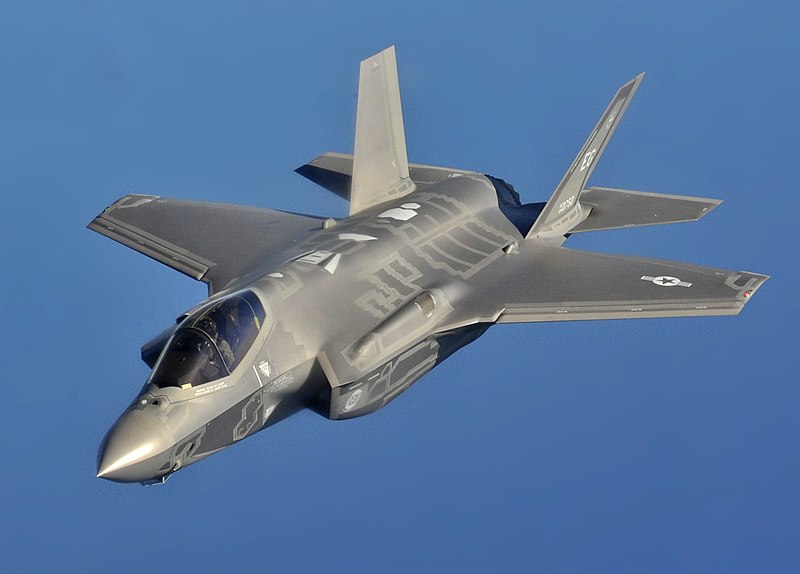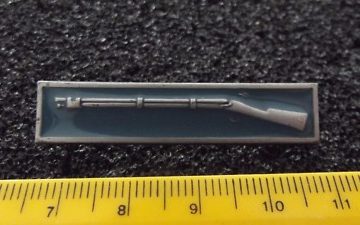F35 Fighter Jet: Redefining Air Superiority and Modern Warfare

Introduction
The F35 fighter jet, also known as the Joint Strike Fighter, represents a significant leap in military aviation technology. Developed by Lockheed Martin, this multi-role stealth aircraft is designed to perform a variety of missions including air-to-ground strikes, intelligence, surveillance, and reconnaissance. As nations around the world increasingly look to modernize their air forces, the F35’s advanced capabilities and versatility have placed it at the forefront of military strategy and defense planning.
Key Features and Capabilities
The F35 family consists of three variants: the F-35A (conventional takeoff and landing), the F-35B (short takeoff and vertical landing), and the F-35C (carrier-based). One of its standout features is its stealth technology, which allows it to evade detection by enemy radar systems. This is crucial in modern warfare where the element of surprise can dictate the outcome of engagements.
Another noteworthy aspect of the F35 is its advanced avionics and sensor fusion capabilities. The aircraft’s radar and sensor systems gather and analyze vast amounts of data, providing pilots with a comprehensive view of the battle space. Furthermore, its ability to communicate and share information in real-time with other units enhances cooperation among allied forces.
Current Developments and Deployments
The F35 program has not come without its challenges. Initially plagued with delays and cost overruns, recent reports indicate that the jet has achieved a level of operational effectiveness that meets military standards. As of 2023, the U.S. Department of Defense has conducted multiple successful deployments, including in theaters of operation in Europe and the Pacific, showcasing the aircraft’s versatility in various combat scenarios.
Additionally, countries such as the UK, Israel, Japan, and Australia have invested in the F35 program, further solidifying its position as a backbone for allied air forces. The ongoing production and delivery of these fighter jets are anticipated to enhance global security and defense capabilities significantly.
Conclusion
The F35 fighter jet stands as a testament to modern engineering and technological innovation. Its advanced features, combined with its strategic importance to NATO and allied nations, underline its relevance in contemporary military operations. As geopolitical tensions continue to evolve, the importance of the F35 in maintaining air superiority cannot be overstated. Future enhancements and upgrades promised in the coming years are expected to further extend its lifecycle, ensuring that it remains a pivotal player in air combat for decades to come.









